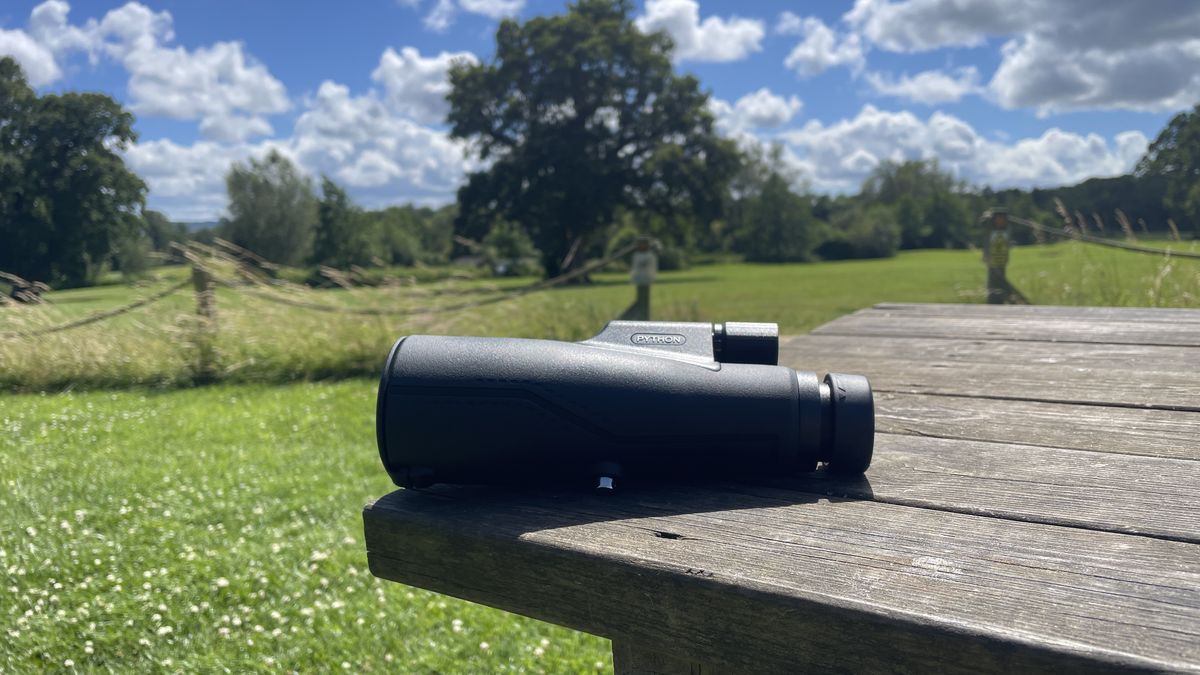
After five decades of curiosity and investigation, scientists have uncovered a new blood group system known as MAL, marking a significant leap in our understanding of human biology. This groundbreaking discovery originated from an unusual medical case in 1972, when doctors encountered a pregnant woman whose blood was mysteriously missing a key antigen found in nearly everyone else. The anomaly left researchers puzzled for decades, but now the mystery has been solved, revealing profound implications for medicine and patient care.
The MAL blood group joins the extensive catalog of human blood group systems, each defined by specific antigens on the surface of red blood cells. While most people are familiar with the ABO and Rhesus blood types, there are many other systems, often affecting only a small subset of the population. This latest addition, MAL, offers new insights into the diversity of human blood and underscores the importance of identifying rare blood types for safe and effective transfusions.
A Decades-long Medical Mystery
The origins of the MAL blood group trace back to an anomaly involving the AnWj antigen, a molecular marker present on the red blood cells of more than 99.9% of humans. The absence of this marker was first noted in 1972, but its significance remained a mystery. Scientists hypothesized that the missing antigen was linked to a genetic mutation, but proving this connection required decades of research.
“The work was difficult because the genetic cases are very rare,” explained Dr. Louise Tilley, a hematologist with the UK National Health Service who has devoted nearly 20 years to studying this anomaly. The rarity of AnWj-negative individuals made it challenging to collect sufficient data for analysis, leaving researchers to piece together the puzzle through incremental discoveries.
Uncovering the MAL Blood Group System
The breakthrough came when researchers identified the MAL gene as the key to the mystery. This gene produces a small but vital protein responsible for the formation of the AnWj antigen. In individuals with mutations in both copies of their MAL gene, the AnWj antigen is absent, resulting in an AnWj-negative blood type. To confirm their findings, the team inserted a normal MAL gene into AnWj-negative blood cells, successfully restoring the missing antigen and providing definitive proof.
“MAL is a very small protein with some interesting properties which made it difficult to identify,” explained Dr. Tim Satchwell, a cell biologist at the University of the West of England. “We needed to pursue multiple lines of investigation to accumulate the proof we needed to establish this blood group system.”
This discovery establishes MAL as a unique blood group system and provides a new framework for understanding rare genetic variations in human blood.
Implications for Transfusion Medicine
The identification of the MAL blood group has significant implications for blood transfusion safety. Blood group systems play a critical role in ensuring compatibility between donors and recipients. Mismatches can trigger immune reactions, which in severe cases can be life-threatening. Understanding rare blood group systems like MAL is essential for developing diagnostic tools and protocols to prevent such reactions.
Dr. Tilley emphasized the clinical importance of this discovery:
“It represents a huge achievement, and the culmination of a long team effort, to finally establish this new blood group system and be able to offer the best care to rare, but important, patients.”
The discovery also highlights the importance of studying rare conditions, which often provide insights that improve medical care for broader populations.
The Broader Significance of the Discovery
The MAL blood group discovery is not just a triumph of genetics but also a testament to the power of collaboration and perseverance in science. Over the years, researchers employed cutting-edge techniques, including advanced genetic sequencing and molecular biology, to unravel the mystery.
The discovery also has diagnostic implications. In some cases, the absence of the AnWj antigen may not be due to genetics but to underlying blood disorders that suppress antigen production. This insight opens the door to new diagnostic tests that could help identify and treat these conditions early.
What the Future Holds
The identification of the MAL blood group marks a milestone in our understanding of human biology, but it also raises new questions. Could other undiscovered blood group systems exist? How might these systems influence health and disease? As researchers continue to explore these questions, the story of the MAL blood group serves as a reminder of the complexity of the human body and the endless possibilities for discovery.
With the tools and knowledge gained from this research, scientists are well-positioned to unlock more secrets of human genetics, ultimately improving patient care and saving lives.
Got a reaction? Share your thoughts in the comments
Enjoyed this article? Subscribe to our free newsletter for engaging stories, exclusive content, and the latest news.









Leave a Comment